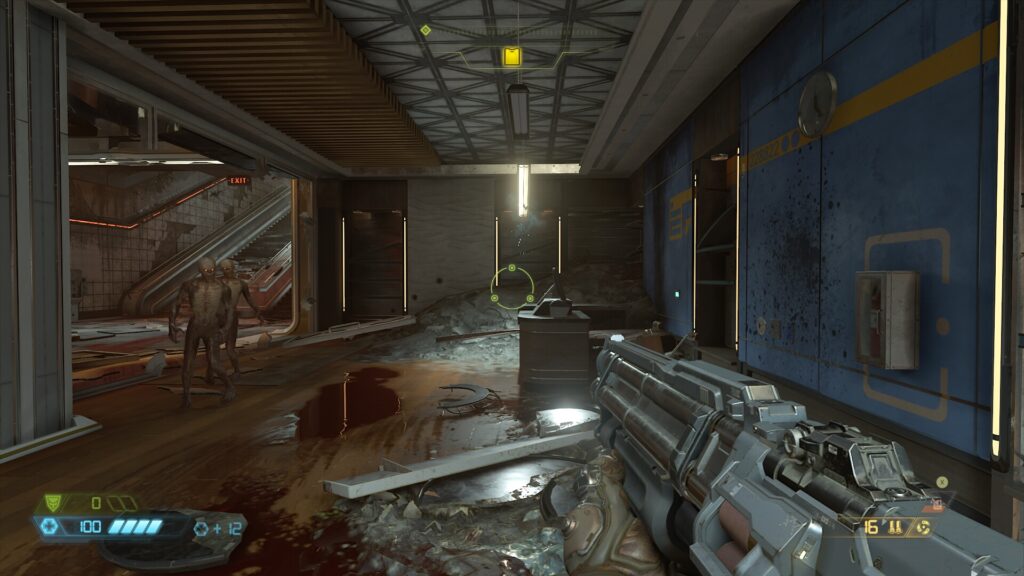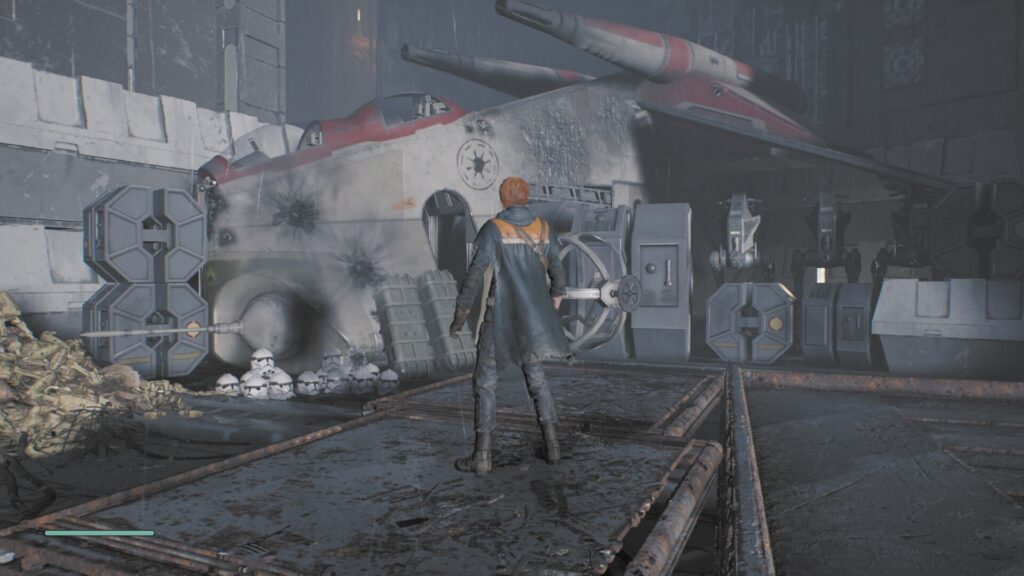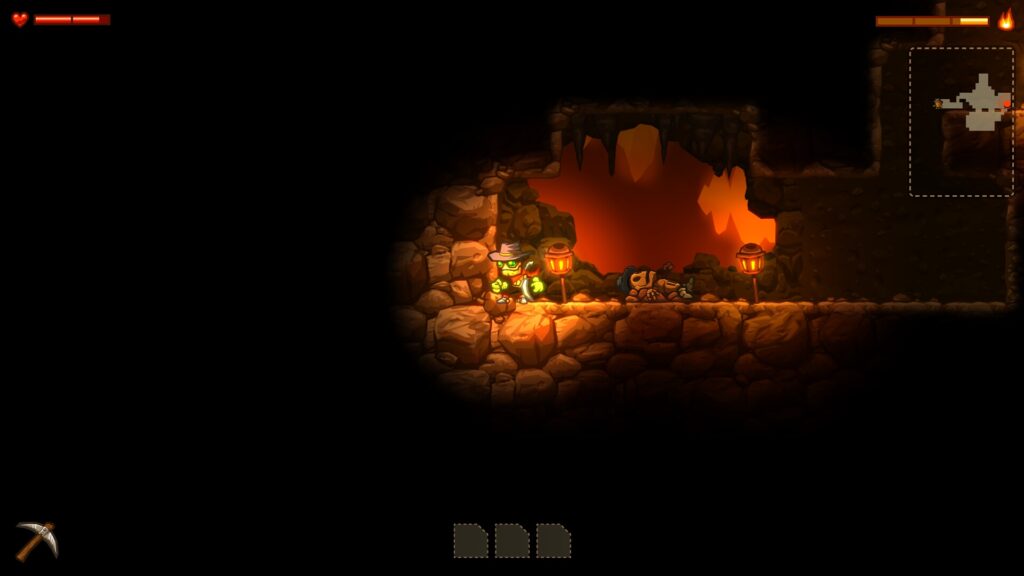With the impending closure of Google Stadia this month, we witness yet another shutdown of a much-hyped Google product, one that was promised to bring a different but unique take on modern gaming as a whole, at least according to Google. Stadia’s initial introduction to the public was accompanied with much fanfare, and even managed to cause some division among the “hardcore” gaming crowd, as well as users curious about cloud gaming in general.
But aside from its shortcomings, Stadia is not without its merits – so as we count down the days left, let’s take a quick look-back at the platform’s short-lived existence.
New and Different

Initially launched back in November 19, Stadia offered users with a subscription-based “Pro” tier which let users access various titles for a monthly fee, as well as some games which were only playable if one was subscribed with a Pro plan. Users could also opt to use it for free, although they’d have to buy games one by one. Personally, despite my initial skepticism, I would come to enjoy Stadia, as it provided me with a way to enjoy AAA games without investing in an expensive console. It worked as expected too – all I needed was to fire up my laptop, open Stadia on Chrome, pair my controller, and voila.
While it somewhat played a role with introducing cloud game streaming to a more mainstream audience, Stadia was not the only one of its kind, as other entities such as Microsoft had their own cloud gaming platforms, and we’d eventually see other companies like Amazon try their hand at console-less gaming services. With Stadia however, the planets seemed to have aligned (naysayers aside) – the brand had the backing of a well-established software giant, it had announced partnerships with AAA and indie game development studios, and it was pretty accessible, allowing users with Chromecast devices, Android phones, and computers with Google Chrome to try out the service.

Google also stated that it would work on first-party games via in-house development teams, which as far as public perception was concerned, really showed its confidence in its new service. There was even hardware available in the form of a controller (which to be honest was nicely-built), and even worked with other services such as Steam, although one had to use it with a USB cable on PC. It should be noted however that any other controller would work, given that it was compatible with the device which you were streaming from.
Stumbling Blocks
From the very start, there was no shortage of online rumours and predictions regarding Stadia’s eventual closure, as well as doubt concerning Google’s experience in the gaming industry. However, the company would maintain its stance on Stadia, assuring users and investors that the service is thriving. Things would take a turn, however – for example, there was scrutiny about how profits earned from Stadia will be shared between Google and developers, and eventually the company announced that it will revise its revenue share from Stadia, in a bid to try and attract more developers and studios.

While its library did feature several titles to choose from, it was still lacklustre especially when compared to more varied and established game libraries found on cloud game services from Microsoft, Steam, and NVIDIA GeFORCE for example, and some games came at a considerable price. This became a point of concern among some users, who noted that paying for a full-priced game on a platform which had little assurance of longevity felt more like renting out a game (more on this later).
In 2021, Google announced that it would shut down its internal studios, effectively ending and killing off earlier promises of first-party Stadia titles, and instead would focus on incorporating more third-party content onto the platform. This added more fuel to the onslaught of predictions stating that it wasn’t long before Google would kill off the service, although we would see statements contradicting this as late as July of 2022.
In 2021, Google announced that it would shut down its internal studios, effectively ending and killing off earlier promises of first-party Stadia titles, and instead would focus on incorporating more third-party content onto the platform. This added more fuel to the onslaught of predictions stating that it wasn’t long before Google would kill off the service, although we would see statements contradicting this as late as July of 2022.
In a move that was somehow both surprising and unsurprising to the public (depending on who you spoke to), Google announced in September of 2022 that it would finally close down Stadia, citing a lack of expected traction.
“A few years ago, we also launched a consumer gaming service, Stadia. And while Stadia’s approach to streaming games for consumers was built on a strong technology foundation, it hasn’t gained the traction with users that we expected so we’ve made the difficult decision to begin winding down our Stadia streaming service.”
Google would further announce that Stadia will finally close its doors on 18th January, 2023.
Softening the Blow
As we mentioned earlier, there was the whole issue of not physically owning the games that one paid for when using Stadia, and with the impending closure, this did seem unavoidable. Thankfully though, Google did assure users that it would be refunding most titles and hardware purchased through Stadia and the Google Store, providing users with some sort of respite. Additionally, a number of game studios announced that players will be able download their Stadia save files on supported games via Google Takeout, should they want to continue their game on a different platform.
With that said however, it does come as a bit of a shame to witness another Google product meet its end, especially since more and more hardware and software brands are starting to embrace cloud gaming. We’ve seen Samsung put out newer smart TVs with built-in support for services like Xbox Cloud Gaming and NVIDIA GeFORCE, and even dedicated hardware such as the Logitech Cloud handheld, and the Razer Edge handheld, and it would have been interesting to see how Stadia would have fared on such hardware.
In the end though, this entire ordeal should no doubt serve as a lesson for both Google and consumers alike, that the downfall – as well as potential – for a seemingly sure-fire service from a major tech brand proves that anything can happen.



 (@GoogleStadia)
(@GoogleStadia) 


2 Comments
Pingback: Android 14 will Block Outdated Apps from Being Installed
Pingback: Here’s How You Can Use your Stadia Controller with Bluetooth Devices